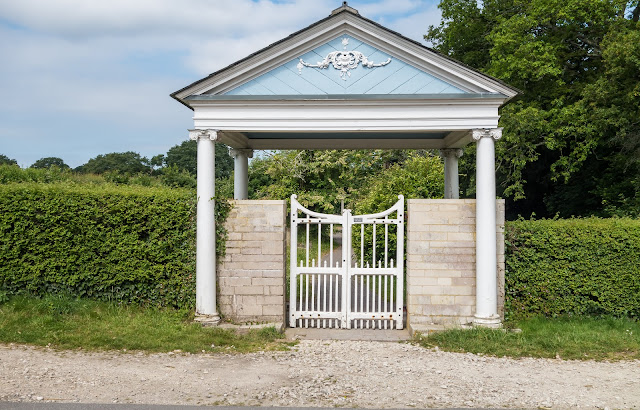Clouds Hill and TE Lawrence

Moreton, the start point for todays walk, is a village and civil parish in Dorset, England, situated on the River Frome about 8 miles (13 km) east of Dorchester. It has a number of long distance foot paths and cycle ways passing through it. So we started our walk from here. Moreton has become synonymous with the memory of T. E. Lawrence, also known as Lawrence of Arabia. He rented nearby Clouds Hill cottage from his cousins, the Framptons, while serving at Bovington Camp. Following his death in 1935 he was buried in Moreton churchyard where his grave attracts tourists from around the world. Who was TE Lawrence? - Some history, (courtesy of BBC): Lawrence was a British scholar, writer and soldier who mobilised the Arab Revolt in World War One and became famous as 'Lawrence of Arabia'. Thomas Edward Lawrence was born on 16 August 1888 in north Wales. His father, Thomas Chapman, had left his wife to live with Lawrence's mother, a governess. Lawrence studied at Oxford...



